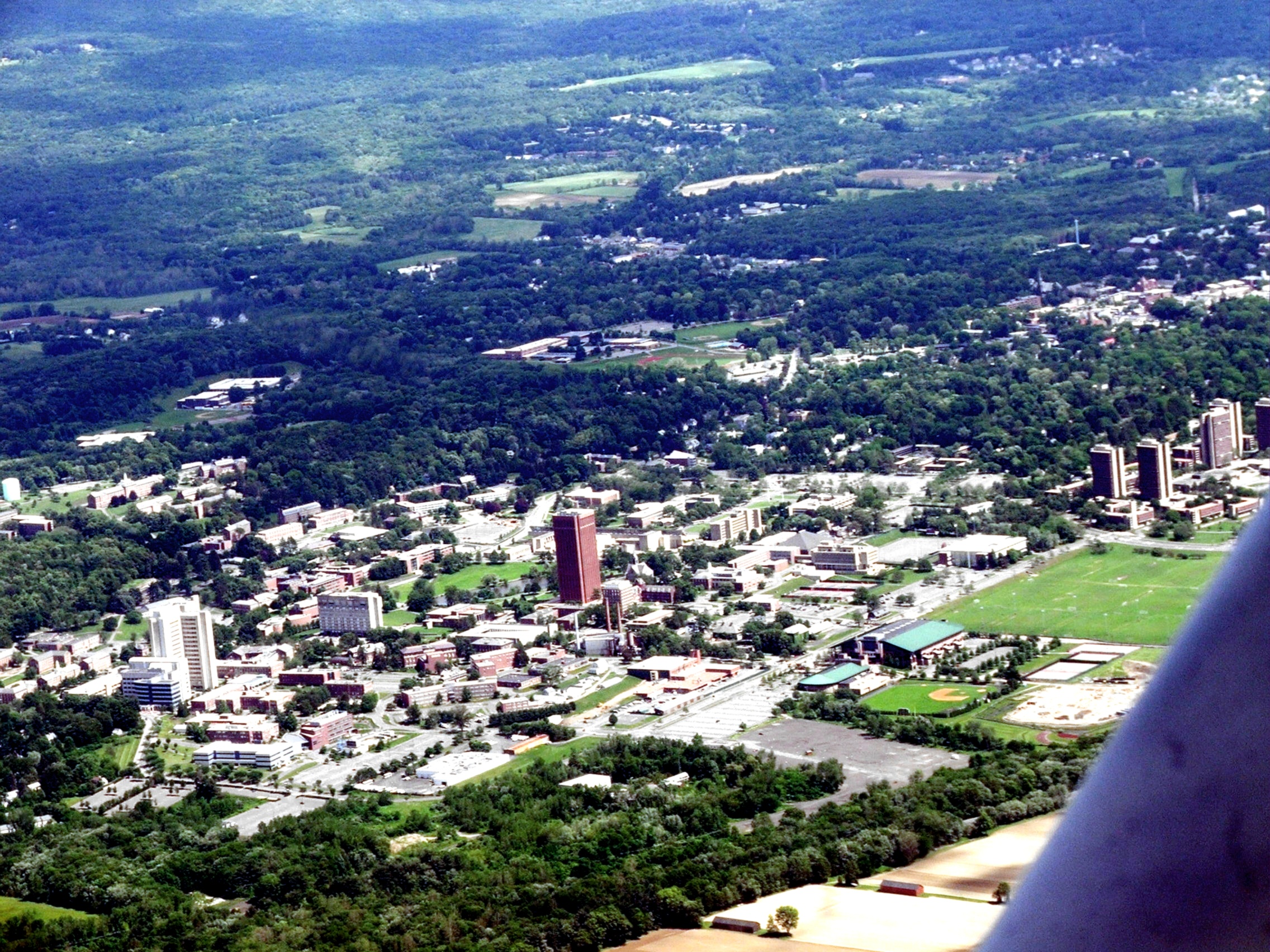|
Hexabromocyclododecane
Hexabromocyclododecane (HBCD or HBCDD) is a brominated flame retardant. It consists of twelve carbon, eighteen hydrogen, and six bromine atoms tied to the ring. Its primary application is in extruded (XPS) and expanded (EPS) polystyrene foam used as thermal insulation in construction. Other uses are upholstered furniture, automobile interior textiles, car cushions and insulation blocks in trucks, packaging material, video cassette recorder housing, and electric and electronic equipment. According to UNEP, "HBCD is produced in China, Europe, Japan, and the USA. The last known current annual production is approximately 28,000 tonnes per year. The main share of the market volume is used in Europe and China" (figures from 2009 to 2010). Due to its persistent organic pollutant, persistence, toxicity, and ecotoxicity, the Stockholm Convention on Persistent Organic Pollutants decided in May 2013 to list hexabromocyclododecane in Annex A to the convention with specific exemptions for produc ... [...More Info...] [...Related Items...] OR: [Wikipedia] [Google] [Baidu] |
Brominated Flame Retardant
Brominated flame retardants (BFRs) are organobromine compounds that have an inhibitory effect on combustion chemistry and tend to reduce the flammability of products containing them. The brominated variety of commercialized chemical flame retardants comprise approximately 19.7% of the market. They are effective in plastics and textile applications like electronics, clothes, and furniture. 390,000 tons of brominated flame retardants were sold in 2011. This represents 19.7% of the flame retardants market. Types of compounds Many different BFRs are produced synthetically with widely varying chemical properties. There are several groups: * Polybrominated diphenyl ethers (PBDEs): DecaBDE, OctaBDE (not manufactured anymore), PentaBDE (not manufactured anymore, the first BFR, commercialized in the 1950s) * Polybrominated biphenyl (PBB), not manufactured anymore * Brominated cyclohydrocarbons * Other brominated flame retardants with different properties and mechanisms Decabromodi ... [...More Info...] [...Related Items...] OR: [Wikipedia] [Google] [Baidu] |
Persistent Organic Pollutant
Persistent organic pollutants (POPs) are organic compounds that are resistant to degradation through chemical, biological, and photolytic processes. They are toxic and adversely affect human health and the environment around the world. Because they can be transported by wind and water, most POPs generated in one country can and do affect people and wildlife far from where they are used and released. The effect of POPs on human and environmental health was discussed, with intention to eliminate or severely restrict their production, by the international community at the Stockholm Convention on Persistent Organic Pollutants in 2001. Most POPs are pesticides or insecticides, and some are also solvents, pharmaceuticals, and industrial chemicals. Although some POPs arise naturally (e.g. from volcanoes), most are man-made. The "dirty dozen" POPs identified by the Stockholm Convention include aldrin, chlordane, dieldrin, endrin, heptachlor, HCB, mirex, toxaphene, PCBs, DDT ... [...More Info...] [...Related Items...] OR: [Wikipedia] [Google] [Baidu] |
Flame Retardants
Flame retardants are a diverse group of chemicals that are added to manufactured materials, such as plastics and textiles, and surface finishes and coatings. Flame retardants are activated by the presence of an combustion, ignition source and prevent or slow the further development of flames by a variety of different physical and chemical mechanisms. They may be added as a copolymer during the polymerisation process, or later added to the polymer at a moulding or extrusion process or (particularly for textiles) applied as a topical finish. Mineral flame retardants are typically additive, while organohalogen and organophosphorus compounds can be either reactive or additive. Classes Both reactive and additive flame retardants types can be further separated into four distinct classes: * Minerals such as aluminium hydroxide (ATH), magnesium hydroxide (MDH), huntite and hydromagnesite, various hydrates, red phosphorus, and boron compounds, mostly borates. * Organohalogen compounds. Th ... [...More Info...] [...Related Items...] OR: [Wikipedia] [Google] [Baidu] |
Diastereomer
In stereochemistry, diastereomers (sometimes called diastereoisomers) are a type of stereoisomer. Diastereomers are defined as non-mirror image, non-identical stereoisomers. Hence, they occur when two or more stereoisomers of a compound have different configurations at one or more (but not all) of the equivalent (related) stereocenters and are not mirror images of each other. When two diastereoisomers differ from each other at only one stereocenter, they are epimers. Each stereocenter gives rise to two different configurations and thus typically increases the number of stereoisomers by a factor of two. Diastereomers differ from enantiomers in that the latter are pairs of stereoisomers that differ in all stereocenters and are therefore mirror images of one another. Enantiomers of a compound with more than one stereocenter are also diastereomers of the other stereoisomers of that compound that are not their mirror image (that is, excluding the opposing enantiomer). Diastereomers ... [...More Info...] [...Related Items...] OR: [Wikipedia] [Google] [Baidu] |
Organobromides
Organobromine chemistry is the study of the synthesis and properties of organobromine compounds, also called organobromides, which are organic compounds that contain carbon Chemical bond, bonded to bromine. The most pervasive is the naturally produced bromomethane. One prominent application of synthetic organobromine compounds is the use of polybrominated diphenyl ethers as fire-retardants, and in fact fire-retardant manufacture is currently the major industrial use of the element bromine. A variety of minor organobromine compounds are found in nature, but none are biosynthesized or required by mammals. Organobromine compounds have fallen under increased scrutiny for their environmental impact. General properties Most organobromine compounds, like most organohalogens, organohalide compounds, are relatively nonpolar. Bromine is more electronegative than carbon (2.9 vs 2.5). Consequently, the carbon in a carbon–bromine bond is electrophilic, i.e. alkyl bromides are alkylating ... [...More Info...] [...Related Items...] OR: [Wikipedia] [Google] [Baidu] |
ECHA
The European Chemicals Agency (ECHA; ) is an agency of the European Union working for the safe use of chemicals. It manages the technical and administrative aspects of the implementation of the European Union regulation called Registration, Evaluation, Authorisation and Restriction of Chemicals (REACH). ECHA is the driving force among regulatory authorities in implementing the EU's chemicals legislation. ECHA has to ascertain that companies comply with the legislation, advances the safe use of chemicals, provides information on chemicals and addresses chemicals of concern. It is located in Helsinki, Finland and is operational since 2007. ECHA is an independent and mature regulatory agency established by REACH. It is not a subsidiary entity of the European Commission. The agency is headed by Executive Director Sharon McGuinness. Establishment The ECHA was created by European Union regulation dating from 18 December 2006 to manage the then-new legislation to regulate the man ... [...More Info...] [...Related Items...] OR: [Wikipedia] [Google] [Baidu] |
University Of Massachusetts
The University of Massachusetts is the Public university, public university system of the Massachusetts, Commonwealth of Massachusetts. The university system includes six campuses (Amherst, Boston, Dartmouth, University of Massachusetts Lowell, Lowell, a medical school in Worcester and a law school in Dartmouth), a satellite campus in Springfield and 25 smaller campuses throughout California and Washington (state), Washington with the University of Massachusetts Global. The system enrolled 73,593 students in fall 2023. The University of Massachusetts system is governed by a president and a 22-member board of trustees. The system administration is in Boston and Shrewsbury. Each of the institutions in the system is Higher education accreditation in the United States, accredited by the New England Commission of Higher Education. Administration Board of trustees The University of Massachusetts is governed by a board of trustees that functions as a legislative body dealing main ... [...More Info...] [...Related Items...] OR: [Wikipedia] [Google] [Baidu] |
Society For Environmental Toxicology And Chemistry
A society () is a group of individuals involved in persistent social interaction or a large social group sharing the same spatial or social territory, typically subject to the same political authority and dominant cultural expectations. Societies are characterized by patterns of relationships (social relations) between individuals who share a distinctive culture and institutions; a given society may be described as the sum total of such relationships among its constituent members. Human social structures are complex and highly cooperative, featuring the specialization of labor via social roles. Societies construct roles and other patterns of behavior by deeming certain actions or concepts acceptable or unacceptable—these expectations around behavior within a given society are known as societal norms. So far as it is collaborative, a society can enable its members to benefit in ways that would otherwise be difficult on an individual basis. Societies vary based on level o ... [...More Info...] [...Related Items...] OR: [Wikipedia] [Google] [Baidu] |
Anthroposphere
The anthroposphere refers to that part of the Earth system that is made or modified by humans for use in human activities and human habitats. The term has been suggested for inclusion as one of the Earth's spheres, while others use the related term technosphere. The term "anthroposphere" was first coined by Austrian geologist Eduard Suess in 1862. The anthroposphere can be viewed as a human-generated equivalent to the biosphere. While the biosphere is the total biomass of the Earth and its interaction with its systems, the anthroposphere is the total mass of human-generated systems and materials, including the human population, and its interaction with the Earth's systems. A recent study estimated the mass of anthropogenic creations as 1.1 trillion tons in 2020, equivalent to the mass of all living organisms that comprise the biosphere. However, while the biosphere is able to efficiently produce and recycle materials through processes like photosynthesis and decomposition, the an ... [...More Info...] [...Related Items...] OR: [Wikipedia] [Google] [Baidu] |
Risk
In simple terms, risk is the possibility of something bad happening. Risk involves uncertainty about the effects/implications of an activity with respect to something that humans value (such as health, well-being, wealth, property or the environment), often focusing on negative, undesirable consequences. Many different definitions have been proposed. One ISO standard, international standard definition of risk is the "effect of uncertainty on objectives". The understanding of risk, the methods of assessment and management, the descriptions of risk and even the definitions of risk differ in different practice areas (business, economics, Environmental science, environment, finance, information technology, health, insurance, safety, security, security, privacy, etc). This article provides links to more detailed articles on these areas. The international standard for risk management, ISO 31000, provides principles and general guidelines on managing risks faced by organizations. Defi ... [...More Info...] [...Related Items...] OR: [Wikipedia] [Google] [Baidu] |
Toxicokinetic
Toxicokinetics (often abbreviated as 'TK') is the description of both what rate a chemical will enter the body and what occurs to excrete and metabolize the compound once it is in the body. Relation to pharmacokinetics It is an application of pharmacokinetics to determine the relationship between the systemic exposure of a compound and its toxicity. It is used primarily for establishing relationships between exposures in toxicology experiments in animals and the corresponding exposures in humans. However, it can also be used in environmental risk assessments in order to determine the potential effects of releasing chemicals into the environment. In order to quantify toxic effects, toxicokinetics can be combined with toxicodynamics. Such toxicokinetic-toxicodynamic (TKTD) models are used in ecotoxicology. Similarly, physiological toxicokinetic models are physiological pharmacokinetic models developed to describe and predict the behavior of a toxicant in an animal body; for exampl ... [...More Info...] [...Related Items...] OR: [Wikipedia] [Google] [Baidu] |



